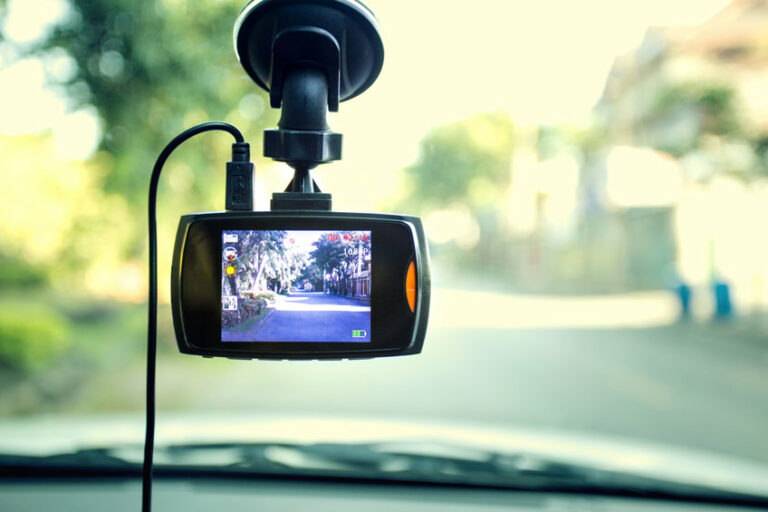Safety Huddle – Holiday Driving
November 17, 2023
Free Resources or download the PDF version here!
Visibility is reduced, depth perception and peripheral vision is compromised, and the glare of headlights from oncoming vehicles can temporarily blind you.
In addition, you could feel tired or sluggish because you’re not used to this change. Your circadian rhythm – or body clock – needs time to reset, according to ScienceDirect. Tired workers and tired drivers pose safety threats.
Risks soar for pedestrians and other vulnerable road users at the end of daylight saving time, too. In fact, scientists at Carnegie Mellon University found pedestrian fatality rates climb more than 30% for people walking between 6-7 a.m. in the days following the time change. The logical conclusion: Drivers were feeling fatigued and not as sharp as normal and, because it was still dark, walkers were more difficult to see. Crash incidents spiked.
Of course, there is no logic in letting your guard down.
Research from the National Safety Council and National Library of Medicine shows about 13% of work injuries are attributable to sleep problems. Take time now as we fall back to standard time to focus on fatigue and sleep health. Adults need between seven and nine hours of sleep to reach peak performance levels, according to the National Sleep Foundation.
But research shows the number of working Americans hitting that seven-hour sleep mark is dwindling, particularly for those in police, healthcare and trucking fields, according to a study from professors at Ball State University and the University of Toledo. Employers can optimize schedules, provide sleep health education – including information on how to develop sleep routines – and offer testing for sleep disorders like sleep apnea.
Explain the difference between fatigue (lack of energy and motivation) and drowsiness (feeling the need to sleep). Conduct an anonymous poll at your location: Ask how many of your workers have nodded off on the job or behind the wheel. Discuss your findings.
In Nebraska, in 2020, there were nearly 300 crashes involving fatigued or asleep drivers, according to the Nebraska Department of Transportation
Provide these coaching tips: Check over-the-counter and prescription medications for side effects that could cause drowsiness, and avoid driving when your body is craving sleep (late at night or early in the morning).
This is also a good time to remind your employees to check their vehicles for recall notices. Safer cars make for safer roads. Visit Check to Protect to search by vehicle license plate or VIN.
Just checking the box for safety is not enough. By taking these extra steps, you will influence more people to do the right things to keep us all safer on the road.
– Katie Mueller is a senior program manager with the National Safety Council

November 17, 2023
Free Resources or download the PDF version here!

August 1, 2023
Free Resources for more Safety Huddles or click Here for a PDF!

June 24, 2023
What’s the best advice you’ve been given to handle reckless drivers? My best approach is to just get out of their way. Don’t let someone dictate how you behave on the roads. Be in total self-control, avoid verbal engagement, eye contact and arm gestures. We don’t know what’s going on in someone’s life. Of course, […]